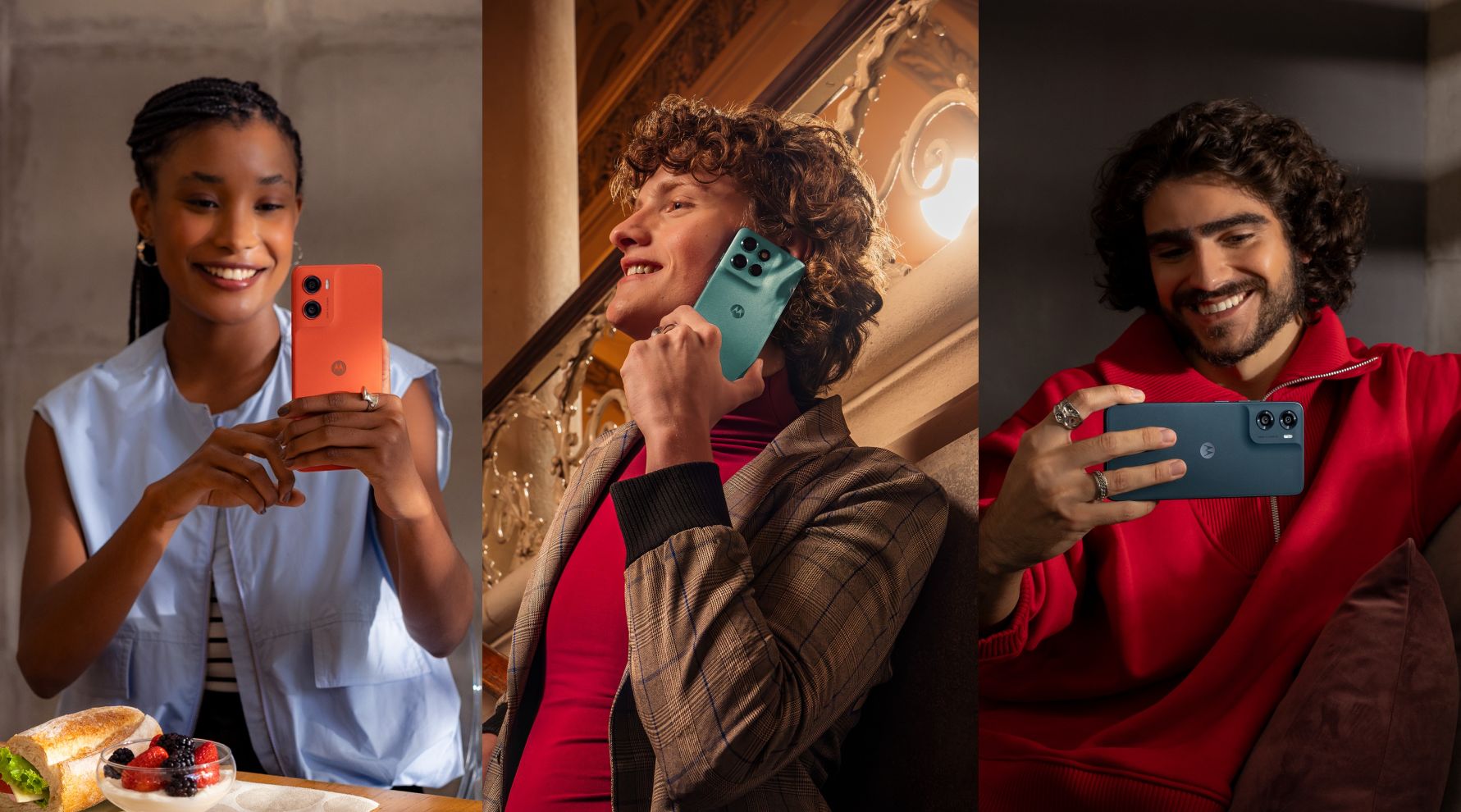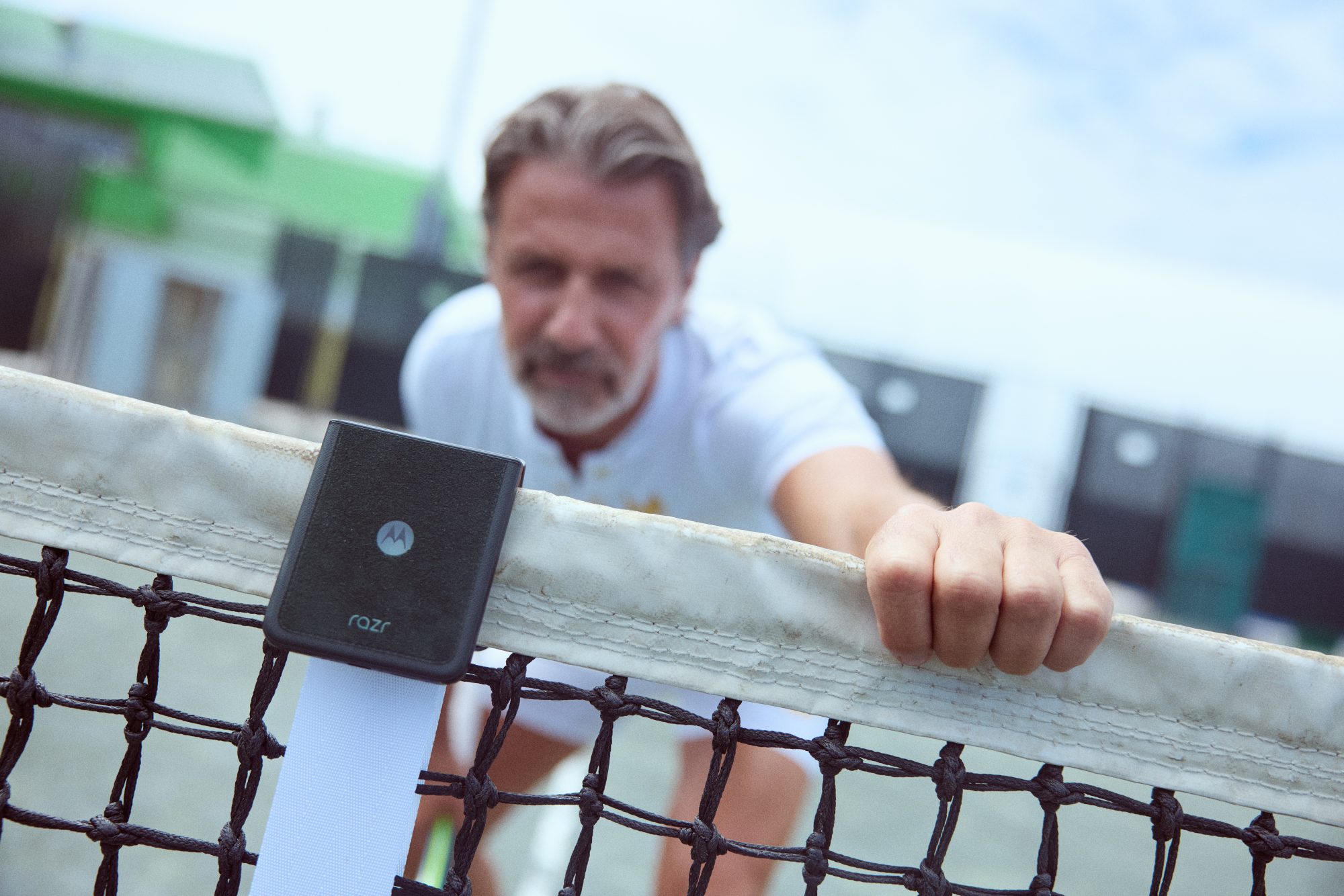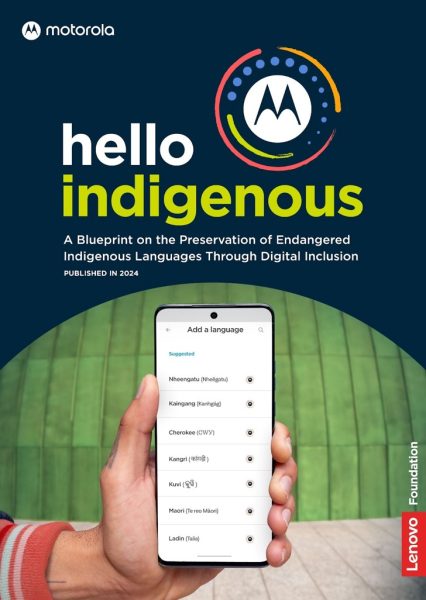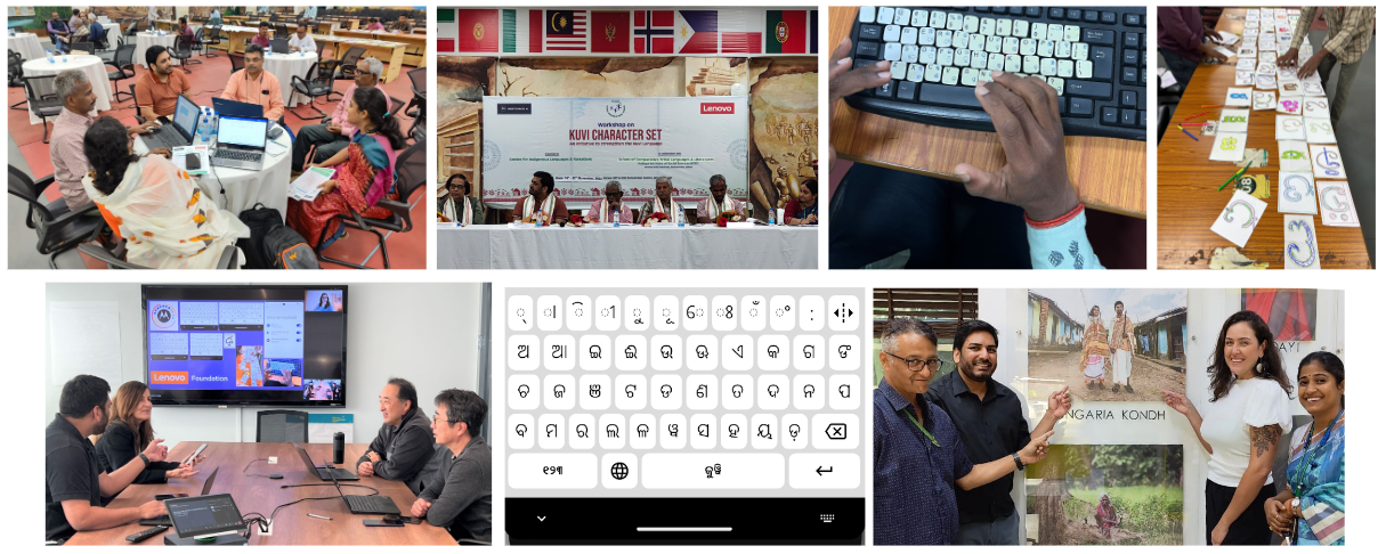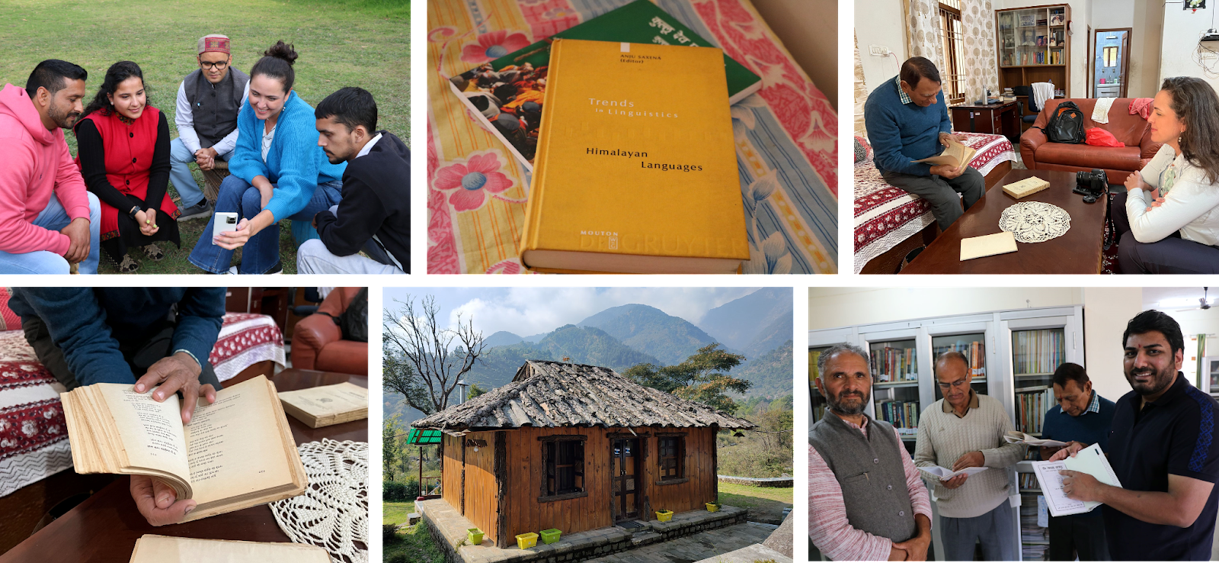Mexico City, June 18, 2025 – Motorola and the Lenovo Foundation are committed to inclusion and smarter technology for all. Today, we reaffirm this dedication with the expansion of our Indigenous Languages Support Initiative. As part of our ongoing efforts to raise awareness and empower indigenous communities in Mexico, Motorola is launching an initiative that combines technology with the richness of indigenous roots from Mexico. Starting June 18, 2025, all Motorola smartphones will incorporate the ability to use the new Zapotec keyboard (dixhsa/diza), developed in conjunction with communities in Oaxaca and designed to preserve and bring to life one of Mexico’s most cherished indigenous languages.
The United Nations Educational, Scientific and Cultural Organization (UNESCO) estimates that one indigenous language disappears every two weeks, representing the potential loss of some 3,000 unique languages by the end of the century. That’s why, for the past four years, Motorola has been focused on championing the revitalization of endangered languages. Motorola has enabled six languages in its user interface: Nheengatu, Kaingang, Cherokee, Kangri, Maori, and Ladin. It has also made keyboards available for: Nheengatu, Kaingang, Kangri, and Kuvi.
In addition, Motorola has made more than a million words translated into indigenous languages available in open-source code, which will allow other companies to also promote these languages through their own interfaces, expanding the impact of this initiative globally.
A living language that can now also be digitized
Zapotec is not just a language, it is history, identity, and a way of seeing the world: it is Mexico itself, rooted in its culture and tradition. That is why, in collaboration with Professor Ambrocio Gutiérrez Lorenzo, a linguist from Teotitlán del Valle, and the Lenovo Foundation, Motorola developed a keyboard that represents five Zapotec varieties from the Central Valley of Oaxaca: San Pablo Guilá, Teotitlán del Valle, Santa Inés Yatzeche, San Bartolomé Quialana, and San Miguel del Valle.
Through community workshops with native speakers, the character mapping and keyboard design were defined from scratch, respecting the linguistic needs and structures of each variety. This is the first time that these written forms of Zapotec have been made available on mobile devices, marking a turning point in their revitalization.
A step beyond digital inclusion
The new keyboard will be available on devices with an Android operating system (Android 13 onwards), for download via Google Play Store. This will allow any user to explore the five Zapotec variants included in its design.
This keyboard is not a symbolic gesture: it is a bridge. A tool created with respect, from and for the communities, with the aim of promoting the written use of Zapotec and strengthening its presence across generations. At Motorola, we recognize that true innovation happens when technology respects, represents, and reconnects with its roots. Today, the Zapotec language is more alive than ever, and it vibrates in the palm of your hand.
What does art say when it speaks in Zapotec? An art film that turns language into a visual manifesto
Za lade ridxi (Nubes entre las voces – Clouds Among the Voices), is an art film written and directed by Cassandra Casasola, poem by Irma Pineda, and music by Mare Advertencia and Alan Ortíz-Grande, in collaboration with Zapotec artists and communities. It pays tribute to cultures that not only inhabit the mountains or traditional festivities, but also in urban walls, songs, sports, art, and now digital writing. This audiovisual poem has brought together voices that defend the Zapotec language as not being a thing of the past, but rather the present and future.
The dialogue that arose between the Zapotec generations gave rise to the film “Nubes entre las voces (Clouds Among the Voices)”, which features the poem “Cayaba Nisaguie” written by Irma Pineda, winner of the Sor Juana Prize and defender of linguistic rights; complemented by the original music of Mare Advertencia, one of the leading activists of Zapotec origin who have revolutionized the musical spectrum of rap in Mexico. Together, they represent the duality of contemporary Zapotec. On the one hand, Irma’s traditionalism and, on the other, Mare’s disruptive nature have demonstrated how this language has not only been preserved but also reinvented.
This film explores the difficulties in terms of visibility, communication, and understanding between cultures. But at the same time, it hints at the possibility of achieving an encounter and connection where those voices can resonate.
The complete art film will be available on Motorola Mexico’s official Youtube channel and can be seen in selected Cinépolis theaters in the country starting July 1 in cineminuto format.
Availability of the Zapotec keyboard
The new keyboard will be available on devices with any Android operating system (Android 13 onwards), for download via Google Play Store. This will allow any user to explore the five Zapotec varieties included in its design.
ABOUT MOTOROLA
Motorola Mobility LLC was acquired by Lenovo Group Holdings in 2014. Motorola Mobility is a wholly-owned subsidiary of Lenovo and is responsible for the design and manufacture of all Moto and Motorola-branded mobile phones and solutions. For more information, visit https://www.lenovo.com and read the latest news on our StoryHub and the Motorola Global Blog.
Facebook: @MotoInMEX
Twitter: @MotorolaMX
Instagram: @Motorola_mx
TikTok: @Motorola_mx



